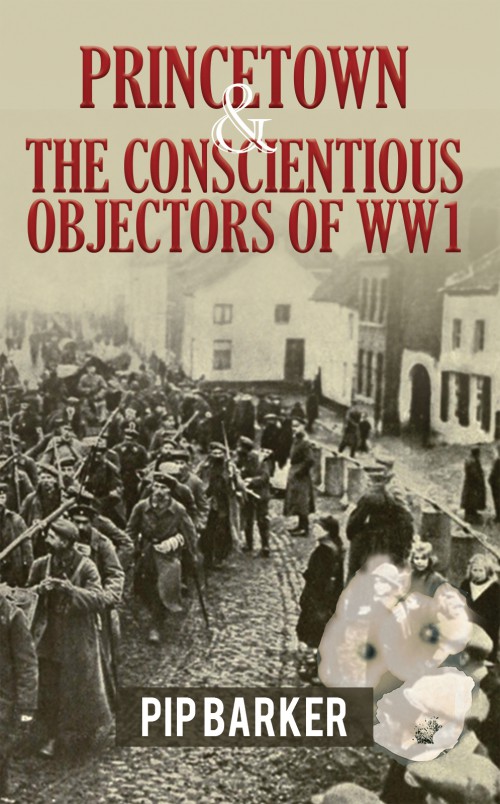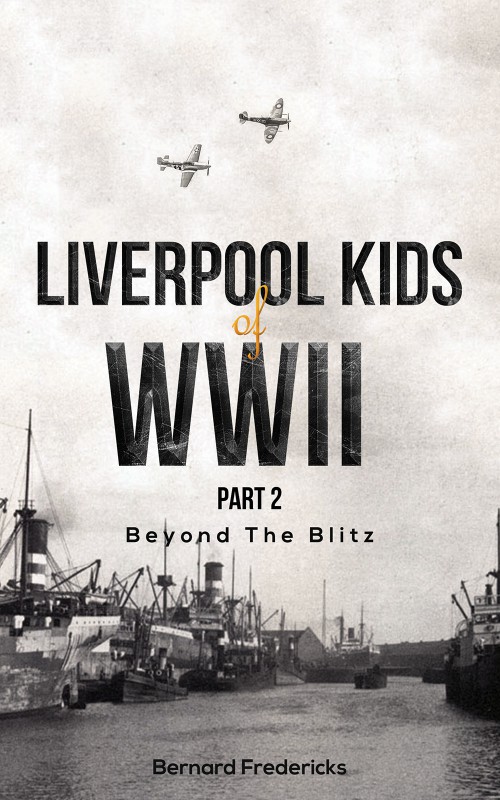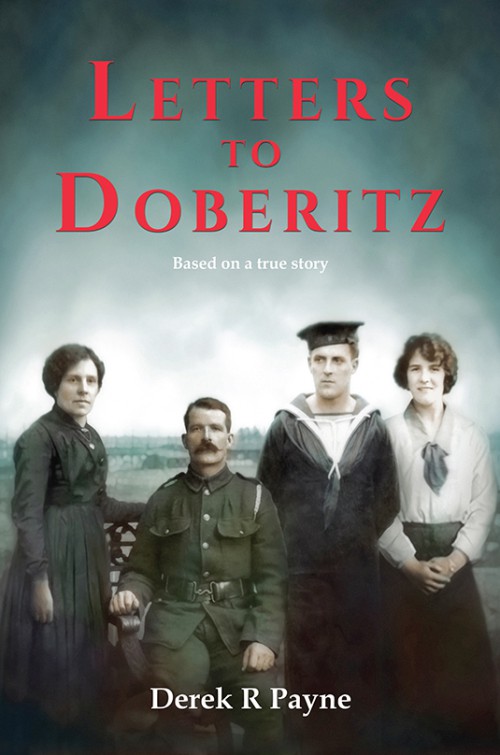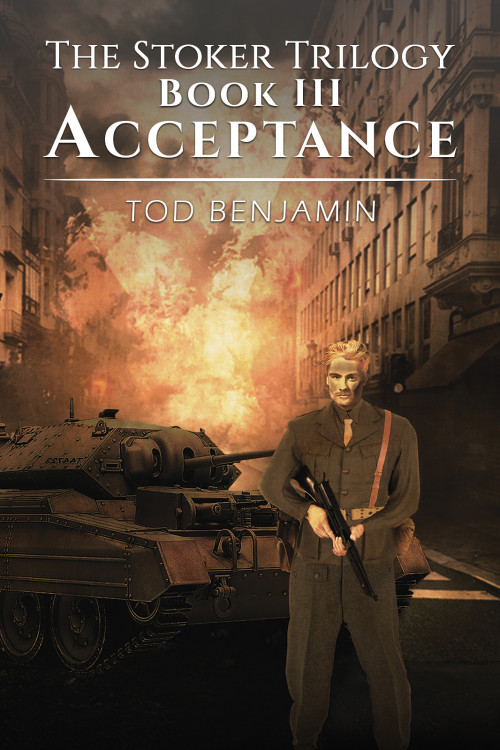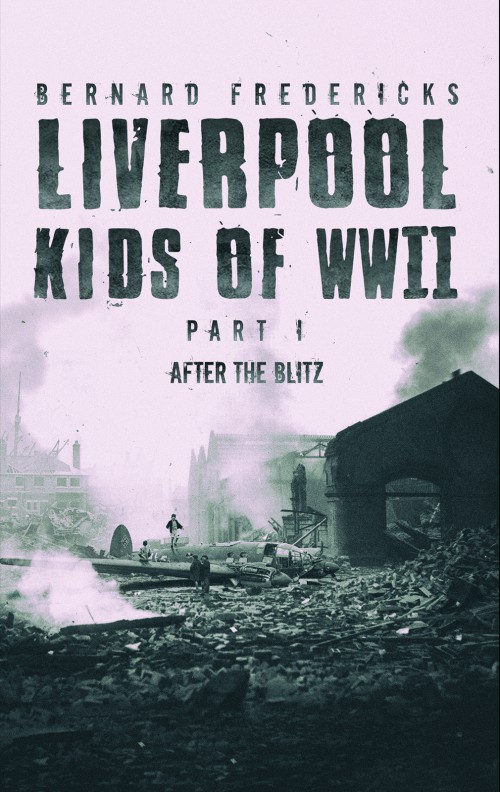Over 16,000 men refused to fight in WW1 and became known as Conscientious Objectors.
Their initial incarceration in prison was deemed unsuitable for many and they were then sent to work centres to be engaged on work of national importance.
One such work centre was in the village of Princetown, Devon, home of the notorious Dartmoor Prison.
This book explores its change of purpose to that of work centre and the daily life, type of work and health of those COs held there. It also looks at the impact of their arrival on the local community and the attitudes of the village residents towards them.

